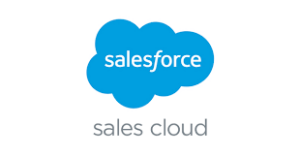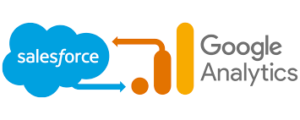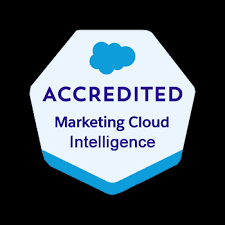Let Tectonic clarify a misconception circulating in the Salesforce community regarding the Salesforce Data Cloud Free Edition.
As you may recall, Salesforce unveiled at Dreamforce 2023 that a Data Cloud edition would be accessible at no charge to clients using Sales and Service Cloud Enterprise Edition. This announcement was also reiterated in Salesforce’s February 2024 press release focusing on Marketing Cloud Growth Edition. (Queue the voice in the commercial “some restrictions may apply”.)
To dispel any confusion, it’s essential to emphasize there is potential benefit from this offer, but you still require Sales or Service Enterprise Edition. Merely having Marketing Cloud or Account Engagement does not make you eligible.
Salesforce Data Cloud Free Edition Considerations
For Sales and Service Enterprise Edition Customers wondering about the no-cost Data Cloud offer, the next steps require careful consideration. While the prospect of getting an account provisioned might be exciting, preparation is key.
Data Cloud holds the potential to revolutionize your organization, making a well-crafted plan, strategy, and vision imperative. These elements form the basis and foundation of effective change management. Without a comprehensive plan, vision, consensus, and understanding, embarking on Data Cloud implementation could lead to various challenges:
- Misconceptions: A perceived lack of product value.
- Tension: Conflicts may arise without a collaborative mindset.
- Loss of Momentum: Initial interest and excitement could diminish over time.
Drawing from our experience, diving into Data Cloud without a clear plan often results in these issues. However, before formulating a plan, it’s vital to assess your organization’s readiness based on several key criteria. These factors impact the feasibility of implementing Data Cloud:
Data Cloud Readiness Criteria:
- Data Quality:
- Evaluate the accuracy and completeness of your data, ensuring it accommodates individual privacy preferences.
- Access:
- Assess your organization’s capability to open up the tech stack and break down data silos.
- Actionability:
- Determine your ability to leverage new data to enhance growth programs across various channels. What new data sources do you have on your road map.
- Commitment:
- Evaluate if there is a company-wide, long-term commitment and investment for a customer data platform (CDP). Do you currently have siloed data.
- Goals:
- Establish a shortlist of the simplest and most important objectives to initiate the process.
Respectfully, while the prospect of a no-cost Data Cloud offer is exciting, careful preparation, assessment, and strategic planning are crucial for ensuring a successful and transformative implementation within your organization. Otherwise, it becomes just another unused tool in your martech stack.













